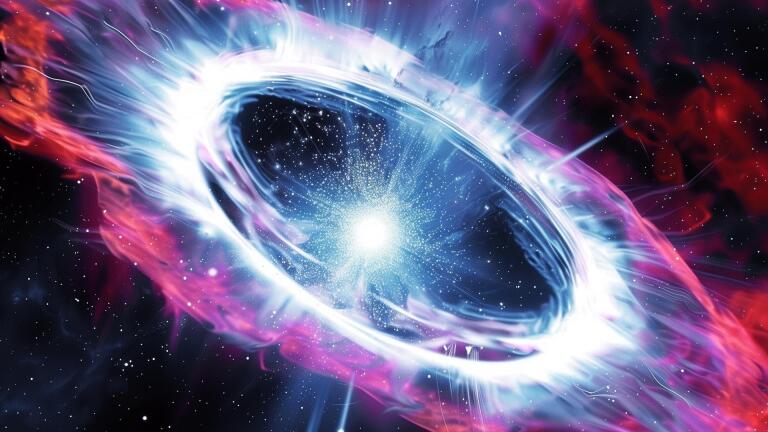Back to Show
PBS Space Time
How Black Holes Kill Galaxies
Season 5
Episode 24
When we first realized that black holes could have masses of millions or even billions of times that of the sun, it came as a bit of a shock. They were discovered as the driving force behind quasars, where matter is heated to extreme incandescence before its plunge into vast black holes. But if that weren’t enough, we soon realized that every decent-sized galaxy contains a supermassive black hole.
Sign up now for inspiring and thought-provoking media delivered straight to your inbox.
Support Provided By

19:25
What if gravity isn’t weirdly quantum at all, but rather … just a bit messy?

17:02
Have we reached the end of the line of discoverable elements?

15:32
Can we change the color of a black hole?

18:26
Learn about Nobel laureate Roger Penrose's idea of how consciousness is caused by quantum processes.

16:28
Faster than light travel may produce gravitational waves that we could see here on Earth.

20:07
All particles belong to two large groups: fermions and bosons.

16:11
Just how much stronger is this year’s solar activity going to get?

17:25
So you’ve decided to jump into a black hole...

12:51
We only recently figured out where cosmic rays are coming from.

13:28
Black hole complementarity may force us to rethink what it means to say that it exists.

20:15
To travel the stars without faster than light travel we’re going to need a generation ship.

16:19
Today we are jumping into a black hole. Again.











